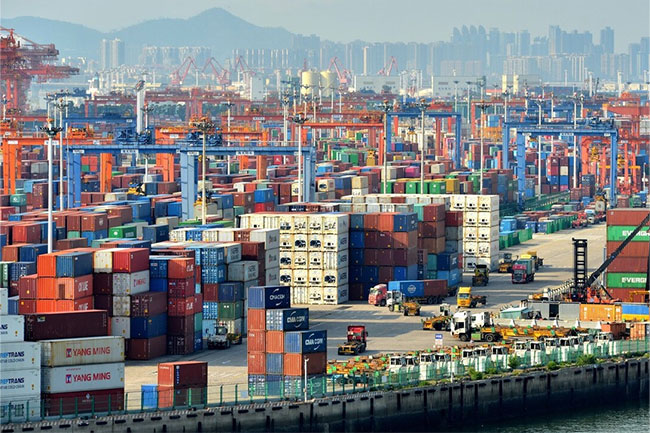- Shanghai Zhongshen International Trade Co., Ltd. - Two decades of trade agency expertise.
- Service Hotline: 139 1787 2118

Why must export equipment be configured with a DNS proxy?
In international trade scenarios, DNS proxy configurations directly impact a device's network access capability in target markets:
- Bypassing Regional Network Restrictions: Government-level DNS hijacking exists in regions such as the Middle East.
- After - sales Service Support: The device must maintain a continuous connection to the manufacturer's server to receive updates.
- Security audit requirements: The EU GDPR stipulates that data transmission paths must be traceable.
- Localization service adaptation: There is a demand for special character domain name resolution in the Latin American region.
2. Standardized Operational Procedures for DNS Proxy Configuration
Based on the ISO/IEC 27034 application security standard, it is recommended to implement in phases:
- Pre-deployment phase
- Obtain a list of legitimate DNS servers provided by the target country's ISPs.
- Test cross-border DNS resolution latency (recommended to use the CloudPing tool)
- Equipment configuration phase
- Adopting a dual-channel architecture with primary and backup to ensure disaster recovery.
- Configure DNS over HTTPS (DoH) encryption protocol
III. Common Technical Pitfalls in Cross-Border Deployment
According to the 2025 General Administration of Customs technical notification case:
- Cache pollution issue: DNS poisoning attacks are prevalent in the Southeast Asia region.
- Protocol compatibility: Some African operators only support the EDNS protocol.
- Certificate chain verification: South American countries require the implantation of local CA certificates
IV. Key Compliance Points of DNS in International Trade
Regulatory red lines requiring special attention:
- Federal Law No. 97-FZ of the Russian Federation: Enforce the use of local registered DNS
- U.S. EAR Export Administration Regulations: Prohibit the transmission of resolution logs to specific countries
- Indian MEITY Certification Requirements: DNS configuration must pass the STQC laboratory test.
V. Three Professional Recommendations for Long-Term Operation and Maintenance
- Dynamic update mechanism: Establish an automatic update system for DNS server address whitelist
- Traffic Monitoring Policy: Deploy WireShark for real-time DNS query analysis
- Emergency Response Plan: Prepare backup plans with at least 3 multinational CDN service providers.
Note: The specific configuration scheme needs to be customized based on the type of device operating system (such as real-time systems like VxWorks, FreeRTOS, etc.), the telecommunications regulations of the target country, and product characteristics. It is recommended to engage a professional organization for verification before export.Cross-border network compatibility testing, to prevent devices from failing to activate in the target market due to DNS issues.
Related Recommendations
? 2025. All Rights Reserved. Shanghai ICP No. 2023007705-2  PSB Record: Shanghai No.31011502009912
PSB Record: Shanghai No.31011502009912









